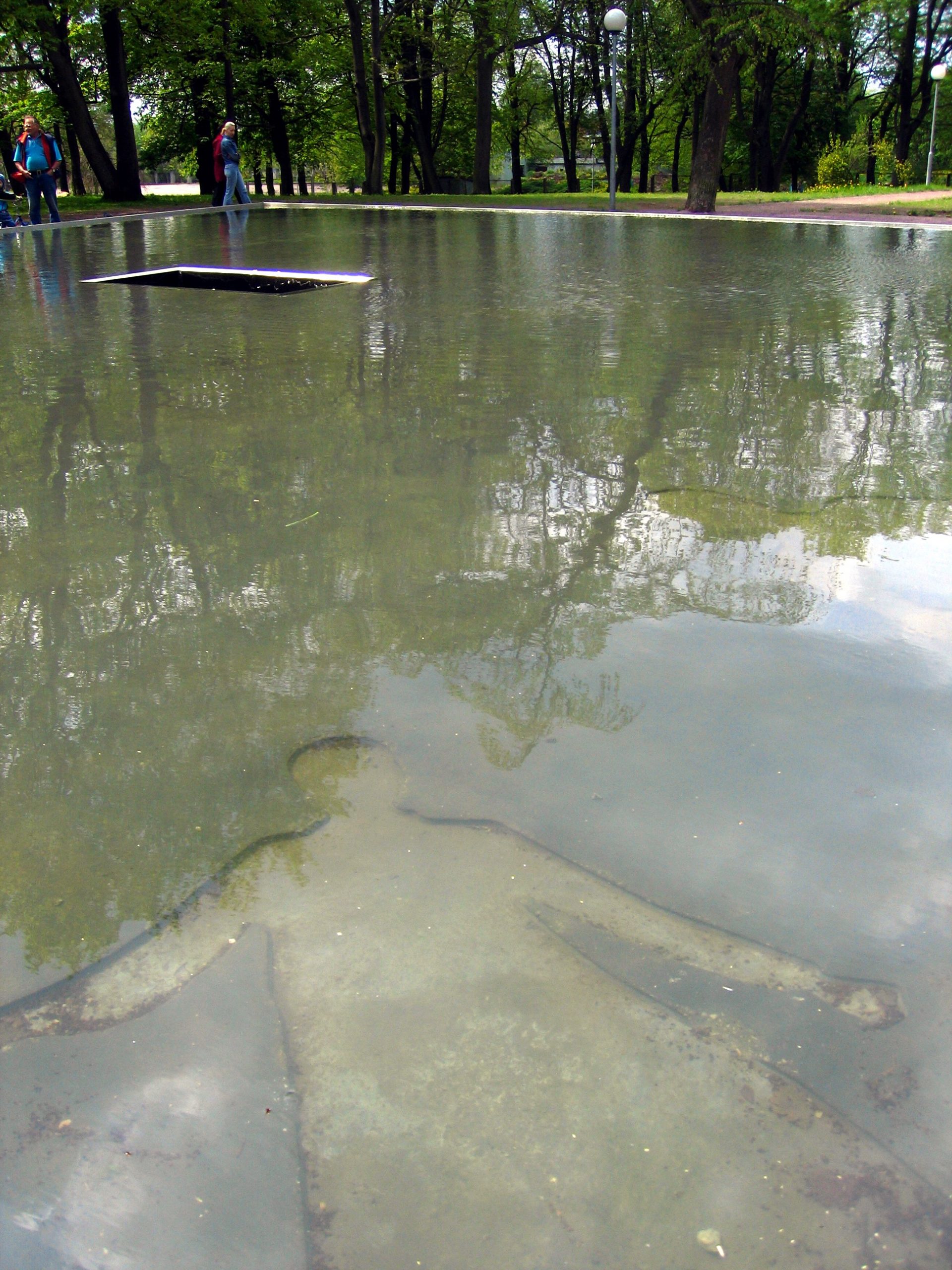[Apologies in advance for this ramble. Out of desperation I resorted to headphones, a timer, and an unedited—other than fixing basic spelling/grammar errors and formatting footnotes—writing sprint.]
It’s been a few years since I’ve explored the research into the challenging relationship between instructors and instructional designers, but a quick trawl today at least makes clear that no magic communication cure-all has appeared.
I say “challenging,” but anyone who works in learning design knows the common framing question is, “how do we overcome faculty resistance?” Or, as the more jaded might ask amongst themselves, “why do we have to spend so much time convincing faculty to just pick up some of those $%&# gold nuggets?“
Some of the highest hurdles to teaching excellence are systemic: even assuming that an instructor can overcome the natural trap of “good enough,” and wants to improve continuously for their own reasons, most are trapped inside a double-layer of smothering bureaucracy. Teaching is usually not accorded the importance it deserves—if it is seen as important at all—and plays a correspondingly small, effectively unimportant role in promotion and tenure, compensation, workloads, etc. And this broken system is stuffed, turducken style, into institutions that not only aren’t philanthropic in nature, though they often like to pretend they are, but are actually big businesses in which credit hours and high-minded rhetoric are scanty fig leaves for real currency.
So I understand the reluctance. Academic work can be difficult, time is in short supply, and they aren’t paid by the hour.
But teaching is both craft and art. It’s more than a calculation of time and effort, more than the imagined billable hours on the mental meter salaried instructors frequently have running in their head. Good craftsmanship and creative teaching are hard. Caring about learners and working to improve are often Herculean labors that, unlike those faced by the mythical hero, don’t stop at a mere dozen. In fact, they don’t end at all, placing real demands on instructors and designers alike to manage their time. I frequently say that both could spend the rest of their careers improving and transforming a single course, but that isn’t our blessing/curse.
However, the answer isn’t spending as little time as possible on preparation and teaching, either, turning what should be creating a world of connection and learning into a producing a minimum viable product. I understand when good enough to go teach a course has to be good enough to stop improving a course. I don’t understand why so few teachers put in the effort to go further. Where are the artists challenging themselves of their own accord? The craftspeople who want to go beyond assembling items from the publisher’s versions of IKEA?
I’ve been in this field for a long time and, in the end, I don’t believe this kind of creative striving is something that can be instilled, only discovered and cultivated. I can work to establish relationships with instructors and gain their trust, facilitate learning communities, and put on events. I can provide cookies and coffee. If I’m fortunate, I can provide stipends and release time. These things will help some teachers do more for a while but, as the cliché goes, the motivation and passion have to come from the inside. Extrinsic motivations, even if maintained materially, are not enough to foster permanent change. Teachers who want to pick up and spend those bags of gold have to do it for themselves, the same way writers have to choose to put pen to paper and fingers to keyboard without being told to and, for the vast majority, with insufficient compensation and little to no fanfare.
All of this is why the common framing in the instructional design world of overcoming resistance and convincing faculty feels off. Before instructional design work of consequence can happen, the instructor needs to have an authentic, intrinsic desire to create work of consequence. Before faculty development events can succeed, those motivated faculty need to be found—or aided in discovering their own creative ambitions.
As a poet, I’ve taken my fair share of poetry classes and workshops and had the fortune of leading them myself. In many ways, the pursuits of writing poetry and teaching demand, if one is to “succeed” at them, the same things: desire, intrinsic motivation, and the willingness to find the time to put in the hard intellectual labor at a pursuit that will never be finished.
But poetry writing classes are attended by people who want to write poetry. No one is being forced to be a poet, and teachers don’t spend time trying to convince their students that creative writing is a vast, life-long discipline, and poetry a demanding art form.
Faculty, on the other hand, are often practically forced to teach. For the most part they don’t recognize, or they discount, education as a real discipline, and they don’t understand that teaching is an art. And I’m not even going to get started on lack of knowledge of, and disrespect for, the discipline and art of learning design, even as those designers have to simultaneously do their actual work and fill in for what would be, in the poetry analogy, introductory literature classes that provide exposure to different authors and work ahead of some of them self-selecting into that world.
As I said earlier, some of this is systemic. A real solution would involve recognition and review of teaching, unbundling research and teaching, proper compensation for dedicated teachers, and much more. Meanwhile, while teaching remains for most a necessary sidelight to achieve things they feel are more important, and part-time lecturers are given little or no time for development of themselves or their courses, learning design is left to attempt the impossible: creating compulsory, collaborative art.
The pharmaceutical industry is woefully behind in created such a wonder drug.
A sad reality is that even the pretense of prioritizing teaching is often dropped, leaving teachers who want to excel “seen” in the same way one might note that a driver saw a pedestrian…and ran them over anyway.
And often head to table, hard.
Or more accurately, former poet and MFA program deserter.
Particularly full-time, tenure-track and tenured faculty.
Maybe another time. But it’s bad. At least once a week an instructor will ask, essentially, how they can quickly “pick up instructional design” when they have a bit of free time.
If you’re getting bored already, may I direct you to reading Stephen Fry’s depiction of Heracles in his excellent book Heroes.
Yes, I do think with footnotes!
[CC-BY image by lylejk]


